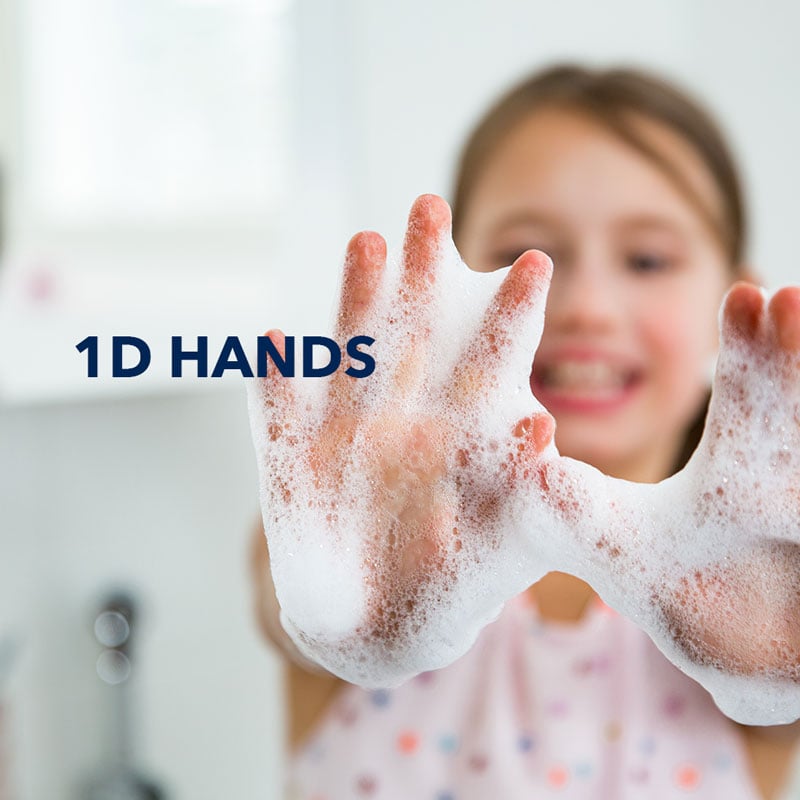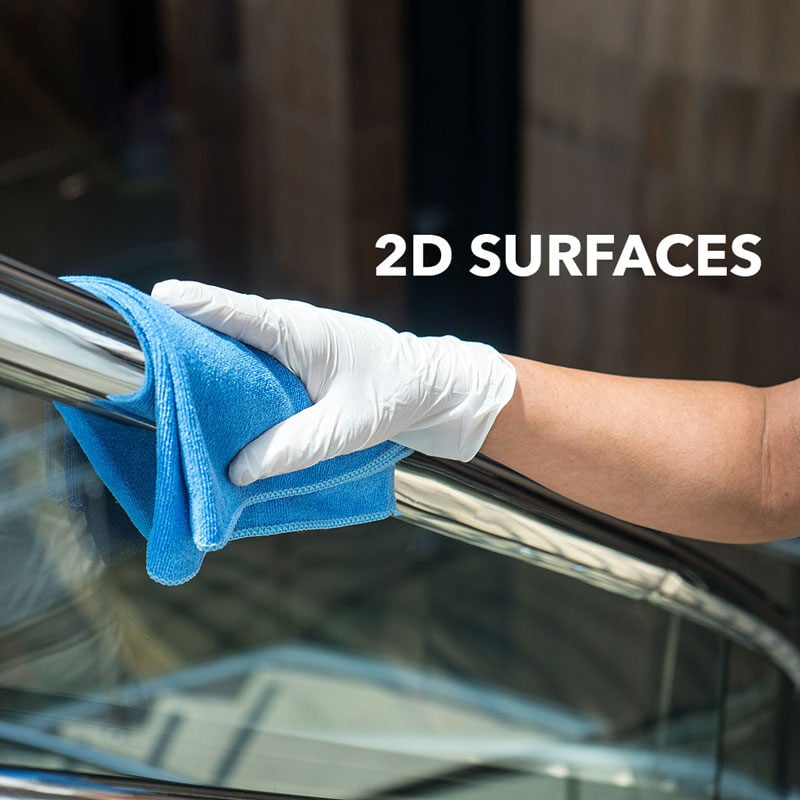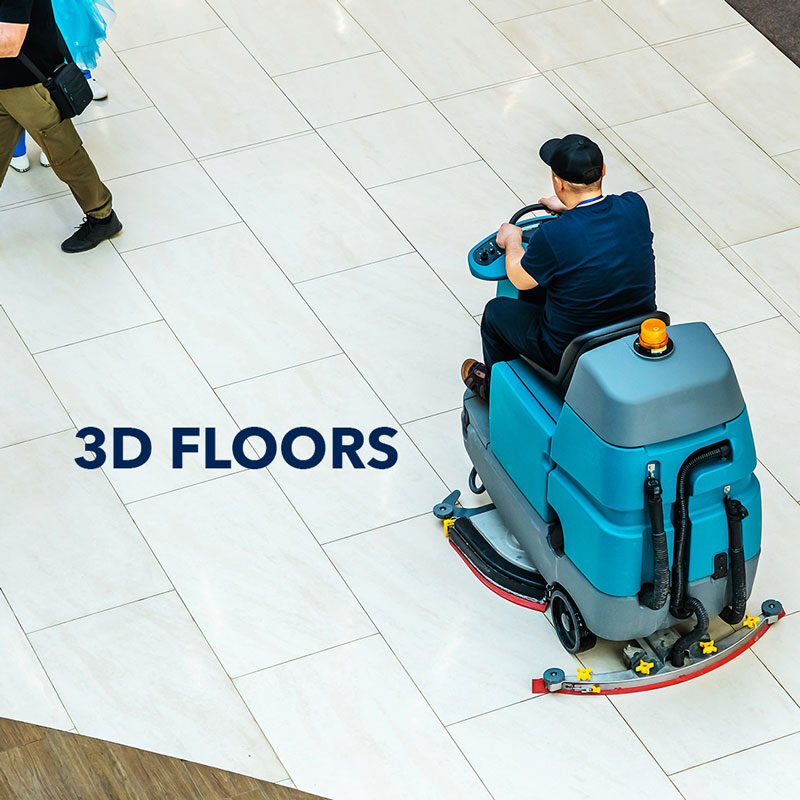19 min read
How Cleaning + Hand Hygiene Protocols Boost Student Attendance + Performance
From Pre-K facilities all the way up to college campuses, the health and cleanliness of school environments have proved to be powerful drivers of...
1 min read
 Lesleigh Rickerson
:
April 14, 2025
Lesleigh Rickerson
:
April 14, 2025

In today’s world, cleaning is no longer just about appearance—it's about protecting human health, improving indoor air quality, and reducing environmental impact. By embracing a 4-dimensional approach to cleaning, organizations can create healthier, more sustainable spaces that support both people and the planet. Let’s break it down.
.jpg?width=600&height=148&name=Cleaning%20in%204%20Dimensions%20(1).jpg)

Hand hygiene is a foundational element of a clean and safe environment. Using controlled dispensing systems with third-party certified soaps and paper towels ensures effective handwashing and reduces waste. These systems support consistent, sustainable hand hygiene habits while minimizing waste.
💡Look for certifications like Green Seal, UL ECOLOGO, and EPA Safer Choice when selecting hand hygiene products. View additional third-party organizations here.


Proper surface cleaning starts with removing dirt and debris -- an essential step, because any remaining germs or materials on the surfaces make the disinfection process less effective. Using third-party certified cleaning chemicals and tools for this initial cleaning, followed by safer disinfectant formulas on high-touch surfaces, protects occupant health and reduces environmental impacts.
💡Look for certifications like Green Seal, UL ECOLOGO, and EPA Safer Choice for cleaning chemicals, and then choose disinfectants with safer active ingredients like hydrogen peroxide and reduced VOC content to minimize impact on indoor air and surfaces.


Floors are a major source of airborne particulates when not properly maintained. For carpets, the most effective way to trap and remove particles before they circulate in the air is by using high-filtration, third-party certified vacuums and low-moisture carpet extractors. On hard floors, the use of high-efficiency scrubbers and burnishers with active vacuum dust captures is most effective.
💡Regular maintenance with certified equipment extends floor life and improves overall air quality.


Air quality is often overlooked in cleaning routines but is crucial for occupant wellness. Using air purifiers with HEPA filters to capture airborne particles and maintain floor drains using trap seals and bioactive products prevents odor and gas emissions. Additionally, cleaning with low-VOC chemicals reduces harmful emissions and supports healthier indoor environments.
💡Routinely monitor and maintain indoor air systems to ensure long-term air quality improvements.

By adopting the Cleaning in 4 Dimensions framework, your facility can take meaningful steps toward sustainability while prioritizing the health of its occupants. Small, intentional choices—like using third-party certified products, reducing VOCs, and improving air filtration—add up to a big impact for healthy spaces.
Ready to lead with sustainability? Start with a free Green Cleaning Facility Assessment today!

19 min read
From Pre-K facilities all the way up to college campuses, the health and cleanliness of school environments have proved to be powerful drivers of...

21 min read
Cleaning is essential, but sustainable cleaning is where schools can truly shine — literally and figuratively. Beyond tidying up, it's an opportunity...

12 min read
The outbreaks of the cold, flu, COVID, RSV (Respiratory Syncytial Virus) and Norovirus have made headlines nationwide. This season has seen a peak in...